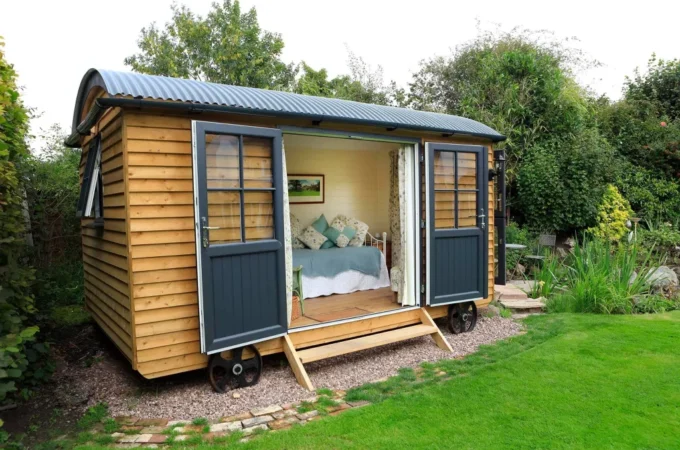
Window Replacement Buying Guide
With so many decisions to make about the designs and types of windows available, buying a new window for your window replacement project can be challenging. It becomes even harder when you don’t know the difference between replacement windows and new construction windows. The latter have a nailing fin for securing the window while opening, while a replacement window’s nailing fin is in the window frame.
It is essential to understand that there are different materials, styles, and functional designs of many different windows before buying. That is here at WindowTech Windows and Doors decided to compile this piece in order to help you purchase your replacement window like a pro. During your window replacement, this guide will come in handy. Take a peek.
Types of Windows
Windows come with specific features and characteristics. Some windows can open, and others that are fully fixed. Before window replacement, you need to know the type of windows available. You can decide from the appearance, the operational, and their function. Their function could be for lighting only, soundproofing, or energy efficiency. Don’t forget about the ease to clean. Let’s now look at the types available.
a. Double-Hung windows
These windows are classic. They are opened by lowering and raising the sashes. The top sash is lowered to allow warm air out, and to allow cold air in, you raise the lower sash. Double-hung windows are easy to clean because their sashes tilt inward. This makes it possible to clean the window both from the inside and outside.
b. Single-hung windows
Unlike the double-hung replacement windows, only the lower sash is operable for this one. They are also easy to clean because the sash can tilt.
c. Accent windows

If you are looking for ventilation, these are not the windows for you because they cannot open. They come in different shapes like rectangles and octagon.
d. Sliding windows
They open half for ventilation. These windows have panels that can move horizontally to open.
e. Glass-block windows
These windows are also not for ventilation. They are completely sealed, and most times, they are found in washrooms. They allow some amount of light, and some have a built-in vent that opens.
f. Basement hopper windows

These windows open from the top and are hinged from the bottom. They extend to the outside and are placed on a lower wall, mainly to provide air in the basement.
g. Casement windows
These windows are mainly for new constructions. They have a hinge on one side and open to the other side. They can be used for ventilation and lighting.
h. Awning windows
The windows have a top-hinged sash that opens outward from the bottom. They prevent rain from getting inside and are some of the most preferred windows for window replacement.
Types of Window Frames

The frames are responsible for different factors like heat transfer, maintenance, and durability. Here are the different types of frames.
a. Vinyl
They are energy efficient. These windows have a low maintenance cost because they do not require painting or finishing. After all, the material does not fade out. Their material is rigid and has hollow chambers inside. This is what makes it heat resistant.
b. Wood
Wood is what most homes use for window frames. It does not conduct a lot of heat or cold. The material needs finishing, can be repainted, and they are prone to insects like termites and water.
c. Aluminum
They are resistant to corrosion, durable, and are easy to handle. These are good for replacement windows.
d. Fiberglass
They are long-lasting, low maintenance type of window that will take years to crack. These frames also don’t rust or peel and have low maintenance costs. They also do not conduct heat hence energy efficient.
Energy Efficiency
For energy efficiency, some windows feature two or three layers of glass. Air or argon gas is added between the panes to prevent condensation. Low-emissivity (low-E) is made with a type of glass that will allow light in and not heat. This helps keep heat inside during cold days.
They also protect your home from UV light that damages curtains, carpets, and furniture. You choose the amount of U-value you need in your window. The lower the U-value, the better the insulation.
It is vital to have some knowledge before buying replacement windows to avoid disappointments and regrets later.




